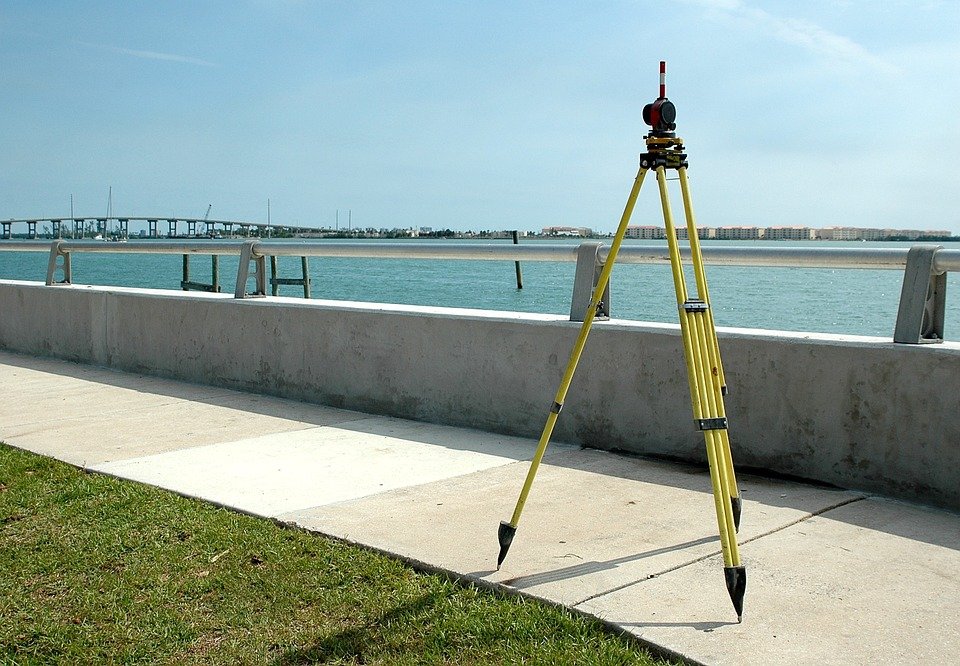[ad_1]
An Overview of the Different Types of Geodetic Devices
Geodetic devices are used to survey land and measure and map the earth’s surface. They are essential tools for anyone studying or working with land surveying and mapping. There are a variety of geodetic devices available, each of which has its own unique set of features and capabilities. This article provides an overview of the different types of geodetic devices available and their uses.
Theodolites
Theodolites are the most common type of geodetic device. They are used for measuring angles in both the vertical and horizontal planes. They are typically used to set up a survey area and measure angles between two or more survey points. They are also used to measure the elevation of a point above sea level. Theodolites are versatile and can be used for a variety of surveying tasks.
Total Stations
Total stations are electronic theodolites that use a laser beam to measure angles and distances. They are more accurate than traditional theodolites and can measure angles to within a few seconds of arc. Total stations are used for a variety of surveying tasks including topographic mapping, road construction, and boundary surveying. They are also used for monitoring and controlling construction projects.
GPS
GPS (Global Positioning System) is a satellite-based navigation system that is used to locate and map points on the earth’s surface. GPS receivers are used to measure the distance between two points and can be used for navigation, surveying, and mapping. GPS receivers are accurate to within a few meters and are used for a variety of applications including aircraft navigation, surveying, and mapping.
GIS
GIS (Geographic Information Systems) is a computer-based technology that is used to store, manipulate, analyze, and present geographic data. GIS systems are used to create digital maps, analyze geographic data, and store geographic information. GIS systems can be used for a variety of purposes including urban planning, environmental monitoring, and natural resource management.
Digital Level
Digital levels are electronic devices that are used to measure the elevation of points on the earth’s surface. They are typically used to measure the elevation of a survey point relative to a known benchmark. Digital levels are accurate to within a few millimeters and are used for a variety of purposes including topographic mapping, subsurface exploration, and construction surveying.
Radar
Radar is a type of remote sensing technology that is used to measure the distance between two points. Radar is typically used to measure the distance of a point from a known reference point or benchmark. Radar is used for a variety of applications including military surveying, meteorology, and geological exploration.
Conclusion
Geodetic devices are essential tools for anyone studying or working with land surveying and mapping. There are a variety of geodetic devices available, each of which has its own unique set of features and capabilities. This article provided an overview of the different types of geodetic devices available and their uses.
[ad_2]


